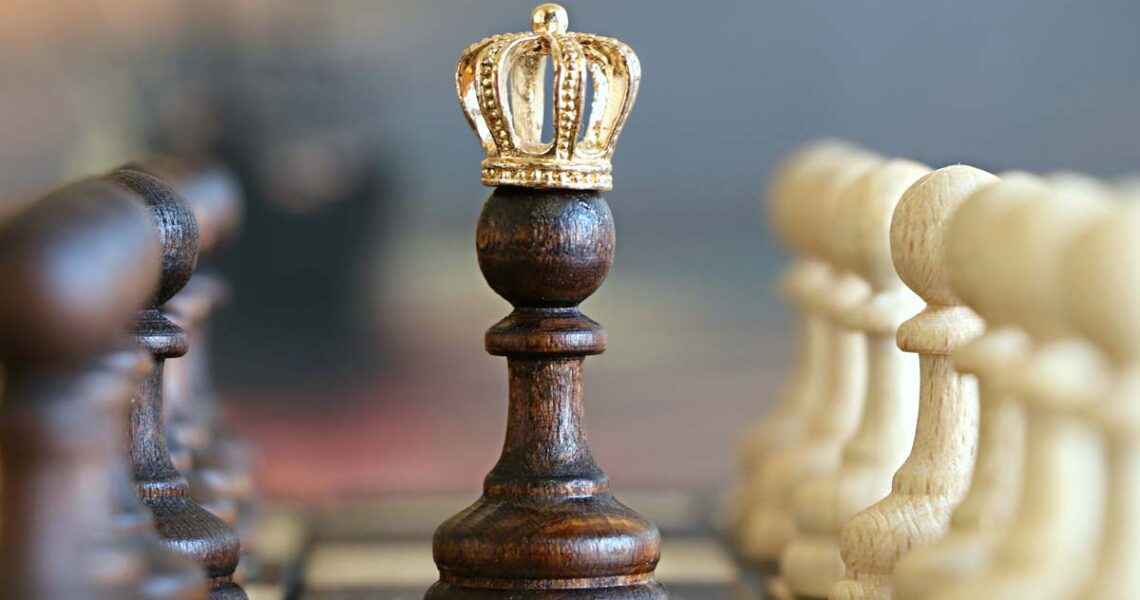Brahmins as Kingmakers
The Historical Background: –
Have you ever gone through history to discover how the Brahmins controlled the society and how they made the kings? If not, read the history and know that the subject is a very interesting one.
Alexander is remembered as the proverbial world conqueror. He was a disciple of the world-famous Aristotle who had his contribution in almost all the branches of knowledge. Plato, Aristotle’s guru (teacher) was a great philosopher. Thus, Plato taught Aristotle, and Aristotle moulded Alexander as a great soldier, leader and commander.
In India, Chanakya, a wise Brahmin strategist and economist, taught Chandragupta Maurya, a great king of India the ideas of statecraft, the strategies to win war and expand kingdom, the details of economics etc. Ultimately, Chanakya succeeded in making Chandragupta a king.
But the story of Chanakya and Chandragupta is not an isolated example. In fact, if we go through history of India, we can see numerous examples of the Brahmins making Kings. In the real sense, the Brahmins are known as the kingmakers in India.
Coronation: –
The Brahmins legitimised the kings. Therefore, on the occasion of the royal coronation, the Brahmins were compulsorily invited to consecrate the kings. They did so in two ways— either through establishing the king’s genealogy or by establishing the king’s connection to either lunar or solar dynasties. The Brahmins were allotted lands for their service. These were called Brahmadeya or Agrahara lands. The temple was set up on the land. In this temple the local deity was transformed and was connected to the Puranic deities. The king was regarded as the regent of the God.
Establishing Social Order: –
Through the king and his family, the Brahmins would establish the social order. Kshatriyas were the landowners and they became an extension of the royal family. The Vaishyas were the merchants who focused on market economy while the land economy was controlled by Kshatriyas. The rest of the population were service providers known as the Shudras. Various tribal groups joined this frame work of ‘Varna-Jati-Dharma’ by providing a specialised service. These communities were aggregated but not assimilated into the system.
The Theoretical Framework: –
The Brahmins effectively contributed to the theatrical frame work on which the kingdom survived. The framework was founded on the knowledge of Jyothisa (time), Shilpa Shastra (setting up of temples and knowledge about spaces, Artha-Shastra (knowledge of economics) and Dharma Shastra (understanding of politics and ritual order). The Brahmins, being the educated lot, provided service to the king as his bureaucracy, advisors and courtiers.
The Hierarchy: –
The king and his extended family, i.e., the Kshatriyas were on the top. Next were the Brahmins who organised the kingdom for the king and helped them to establish villages and collected taxes from them. After that were those Brahmins who provided the bureaucratic support. The Vaishyas were below them who dealt in goods. Lastly were the Shudras who provided services to all the classes.
As the times passed by, the service providers were divided into two groups. One group was involved in clean professions and the others in dirty professions. The second group removed, garbage and dead bodies. This group, gradually became outcast people living away from village. They were denied entry into the temples. Thus, what was once considered a ritual hygiene became a medium of social oppression and exploitation.
But it is not that the Brahmins were not divided. One group of Brahmins were closely associated with the temple who were involved in ritual and worship of the deities. There was another group of Brahmins who were interested in bureaucracy and courtier ship. Later on, this Brahmin community came to be known as the Kayastha community.
Later on, as the Muslims came into India, the Kayasthas continued to serve the kings. But the purest Brahmins were angry. They withdraw to the temples and devoted themselves to scholarly studies. In order to expand their reach, the Muslim rulers also assimilated the Brahmins. But the Europeans rejected this system. They reduced the Brahmins to mere clerks and denied any special privileges to them supported by the Kings and Sultans. This history of the Brahmins highlight how the Brahmins influenced the course of history by giving shape to the intellectual social, political and economic infrastructure of the country. It is for the history to judge whether it was good or bad.
